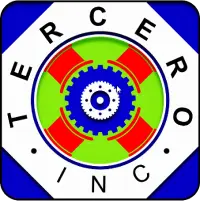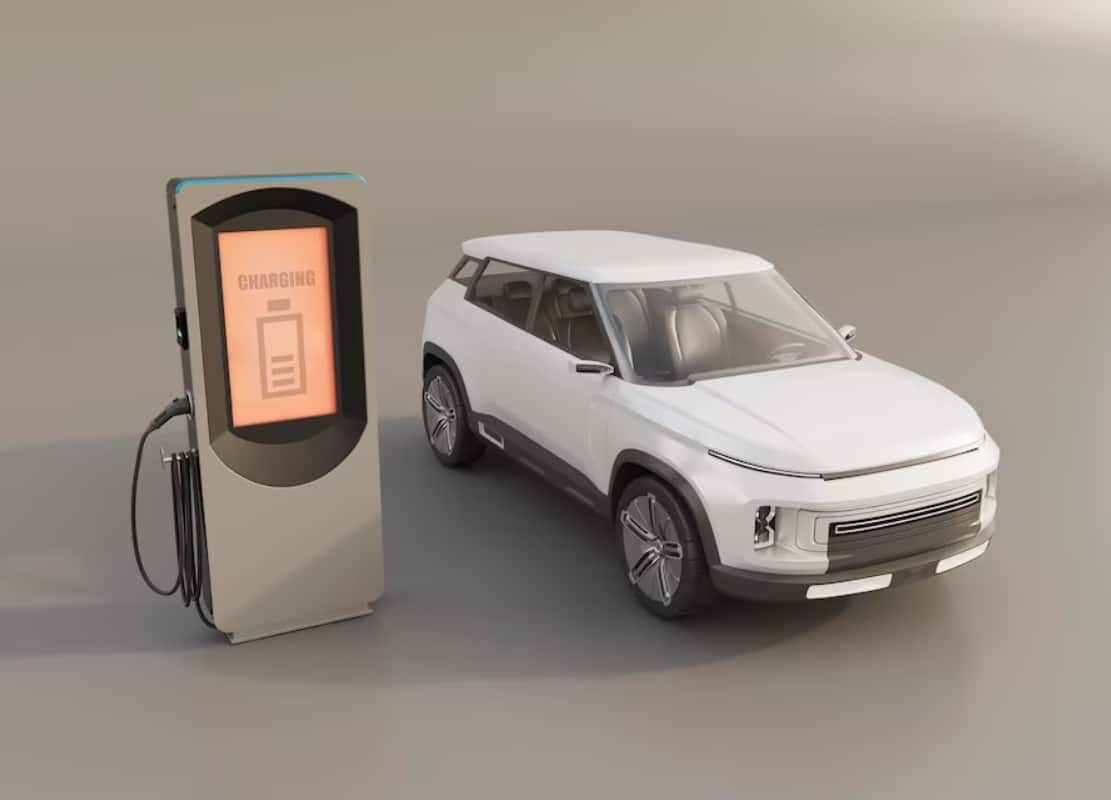Given the climate change we are all experiencing today, having an ultrafast DCFC (Direct Current Fast Charger) that is load-shedding and easy on the power grid can benefit your gas station operations.
Load shedding, or peak shaving, is a strategy for avoiding peak demand charges on the electrical grid by quickly reducing power consumption during intervals of high demand. Peak shaving can be accomplished by switching off equipment or utilizing energy storage, such as on-site battery storage systems. Peak shaving aims to eliminate short-term spikes in demand and reduce the overall cost associated with electricity usage.
The ChargeBox from ADS-TEC and Tercero EV can load shed after 100 kW of power is supplied to the EV. This number is easily reached when the EV battery state of charge is low, though it can vary depending on the EV’s make and model.
The ChargeBox can also be programmed to power shed as low as 50 kW. Programming the ChargeBox to power shed down to 50 kW can also be beneficial when an EV demand is unavailable. This low setting does have pros and cons, depending on whether you own one ChargeBox unit with two power cords versus four stations with eight power cords and if your location has yet to have enough exposure to the cloud to inform drivers that your location has DCFC chargers available. The internal battery pack will supply the rest of the demand to the EV upon request and can be depleted faster at 50 kW, causing frequent trickle charging. However, it can make sense when demand is slow. That is, until your location is recognized by the community and demand increases.
If your location has more than one ChargeBox, you increase the chances of earning more income on a higher demand basis than what presently exists. Each ChargeBox has two dispensers that can supply 160kW each or 320kW if only one is in use.
Another benefit of having at least one of these state-of-the-art ultrafast chargers at your gas station is increasing your concession sales. Reliable data shows that having DCFC chargers on your property can increase the public’s willingness to purchase more concessions than just fuel.
Think of it as increasing your average order value. Customers come for a charge and end up buying a snack and a drink as well.
Let’s consider a real-world scenario. The average gas-powered car requires less than 5 minutes to fill up. The average stop is usually 10-15 minutes for people to get gas, buy food, use the restroom, etc. Our chargers can charge up to 120 miles in a 10-minute charging session. This top-of-the-line unit can exceed or meet most expectations and get you back on the road ASAP.
One of the benefits of charging an EV at a gas station is that one does not have to hold a stinky pump nozzle to prevent it from triggering during fill-up. This prevents spills on your vehicle’s paint, hands, and clothing, in addition to the spills that cause harm to our environment.
It is expected that the EV will take about 30 minutes to charge above 80%. During this time, one can enjoy sitting in the EV reading, sipping coffee, eating a snack, planning the trip, enjoying the family, or making an important phone call. Some EVs can stay idle and enjoy the vehicle’s amenities during the charge session.
The ChargeBox plugs into existing and ubiquitous low-voltage utility service and delivers high-power charging in areas that typically require extensive grid upgrades.
Gas stations are perfect for ultrafast charging as they are located along the corridors long-distance drivers frequently use and are easy to spot off the highway. Presently, most DCFC units are off the highway in less-than-ideal areas where safety is a concern or in crowded plazas where you must wait your turn, sometimes taking up to two hours or more. I know this because I am also an EV owner, and it can get worrisome when you have a very low battery life.
The government has issued incentives to help deploy a network of publicly available chargers. Here are a few common incentives:
- The recent Inflation Reduction Act includes up to a 30 percent tax credit for EV charging stations within low-income or non-urban census tracts through December 2032, up to a maximum of $100,000 per charger.
- The National Electric Vehicle Infrastructure (NEVI) Formula Program, which will disperse $5 billion in funding from the Department of Transportation over a five-year formula grant period, provides credits and subsidies through the end of fiscal year 2026.
The EV revolution is here; now is the time to invest in your gas station! Contact us or schedule a free evaluation to see how Tercero EV can help provide you with the ultimate charging experience.
Schedule a call for a complimentary site assessment
There is more than one route to electrification, and our team is here to help you assess your options.
LET’S CHAT!
FAQs
What is load shedding, and how does it benefit my gas station?
Load shedding is a strategy to reduce power consumption during peak demand periods, helping you avoid high electricity costs. Our ultrafast chargers, like the ChargeBox, can implement load shedding to manage power usage efficiently.
How does the ChargeBox handle load shedding?
The ChargeBox can start load shedding after supplying 100 kW of power to the EV. This feature helps manage power consumption and reduces costs, especially when the EV’s battery state of charge is low.
Can the ChargeBox be programmed to shed power at lower levels?
Yes, the ChargeBox can be programmed to power shed as low as 50 kW. This flexibility allows for better power usage management, especially during periods of low EV demand.
How can owning multiple ChargeBox units benefit my gas station?
Owning multiple ChargeBox units increases business revenue by providing an additional service you can charge for. Each ChargeBox also has a battery backup that supplies two dispensers with power and pulls electricity from the grid during off-peak hours, minimizing energy costs.
What incentives are available for installing ultrafast chargers at my gas station?
The government offers incentives such as tax credits and subsidies for installing EV charging stations, including ultrafast chargers. These incentives can offset the costs of installation and operation.
How do ultrafast chargers like the ChargeBox benefit gas station operations?
Ultrafast chargers can attract more customers to your gas station, increasing foot traffic and potential revenue from concession sales. Additionally, offering fast charging options can enhance your station’s reputation as an environmentally friendly business.
Are there any compatibility issues with different EV models and the ChargeBox?
The ChargeBox has CCS1 compatibility and can be accessible by all vehicles, think NACS, with the right adapter. However, it’s always a good idea to check compatibility with specific EV manufacturers or models to ensure seamless charging experiences for customers.
How does the ChargeBox contribute to reducing greenhouse gas emissions?
By providing fast and efficient charging solutions, the ChargeBox encourages more people to switch to electric vehicles, ultimately reducing transportation’s carbon footprint.
Can the ChargeBox be integrated with existing gas station infrastructure?
Yes, the ChargeBox is designed to be easily integrated into existing gas station infrastructure. It can be connected to the existing low-voltage utility service, minimizing the need for extensive grid upgrades.
What kind of maintenance is required for the ChargeBox?
The ChargeBox is designed for minimal maintenance, but regular maintenance is recommended to ensure optimal performance. Additionally, software updates may be required periodically to maintain compatibility with new EV models and charging standards.

